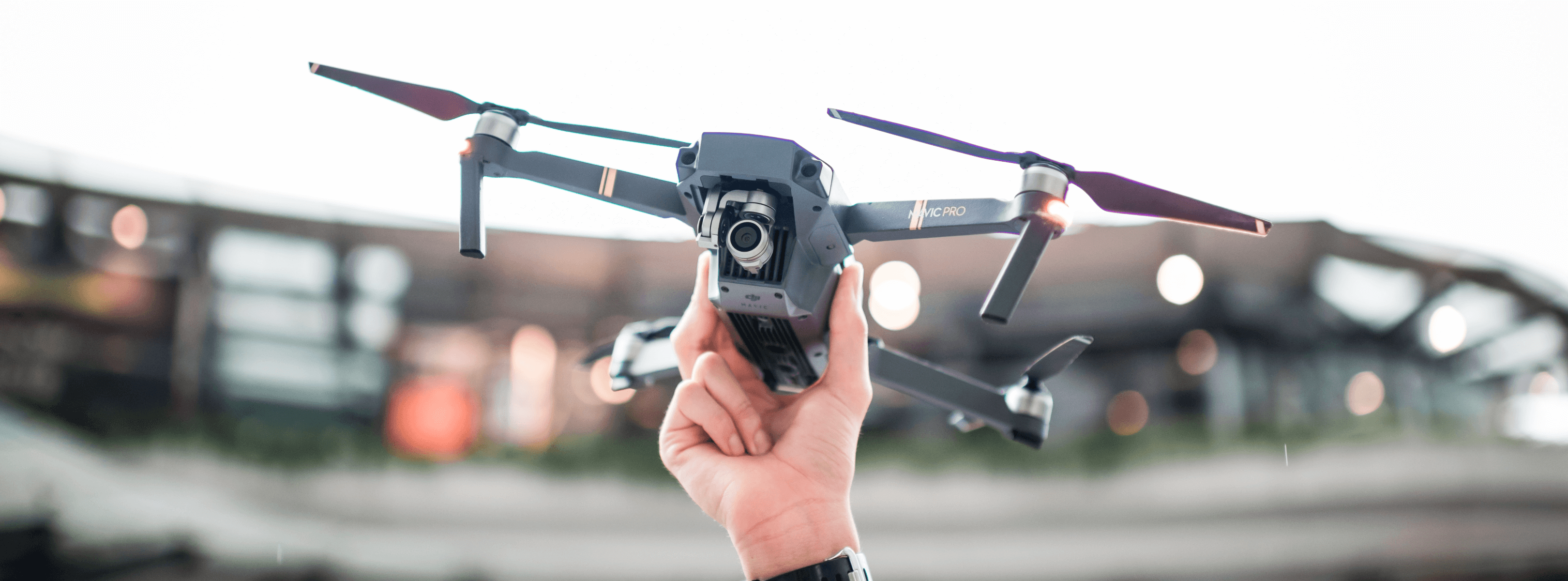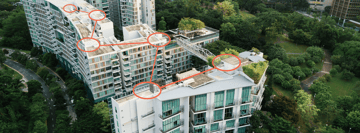If you’re only just catching up on the drone industry’s major talking points as we head into 2020, you probably missed an important development from the FAA on December 26.
Right in that period between Christmas and New Year when nobody has a clue what day it is, the FAA published a long-awaited Notice of Proposed Rule Making (NPRM) on Remote ID.
Enabling drones with a remote identification capability is a major ambition for regulators around the world. An ideal system would work like a digital number plate, with drones transmitting registration and telemetry data to officials on the ground.
Previously, the FAA has convened an aviation rule-making committee made up of industry stakeholders in an effort to find a path forward. Many emphasized that a Remote ID implementation will only be successful if it doesn’t place an extra burden on drone pilots.
The overall ambition is something everyone roughly agrees on. But the devil is in the detail. Despite recommendations from the ID and Tracking ARC in late 2017, it wasn’t until December 26 that the FAA put a set of proposals in writing.
What is Remote ID?
According to the FAA: Remote ID is “the ability of an unmanned aircraft in flight to provide certain identification and location information that people on the ground and other airspace users can receive.”
The FAA views this capability as an important building block in the unmanned traffic management ecosystem and a step towards more advanced operations. That final point is worth returning to: the aim is to come up with a solution that improves safety and situational awareness, but also one that’s future-proof, that helps enable future drone applications like delivery and personal transport.
What has the FAA proposed?
Currently, pilots have to mark their aircraft with registration details. But that doesn’t provide law enforcement or other airspace users with valuable information - unless they are holding the drone in their hands.
In seeking to take things to the next level, the FAA has ruled out existing electronic surveillance technologies, including transponders and Automatic Dependent Surveillance-Broadcast (ADS-B).
Instead, the FAA has proposed new services and technology to enable remote identification.
The proposal covers three main areas:
- Operating requirements for drone pilots
- Performance-based design and production standards for manufacturers
- A network of Remote ID UAS Service Suppliers to implement the solution
So let’s start with the FAA’s proposed operating requirements. Rather than choose between a broadcasting solution and a network solution for the majority of drone flights, the FAA has suggested a combination of the two.
There are two proposed categories of remote identification the FAA wants the vast majority of pilots to fly under: Standard remote identification UAS and limited remote identification UAS.
Standard remote identification UAS would be required to broadcast identification and location information directly from the drone and simultaneously transmit that same data to a Remote ID service supplier using an internet connection.
Limited remote identification UAS would be required to transmit information through the internet only, with no broadcast requirements. As a result, this type of drone would be designed to operate no more than 400 feet from the control station.
The FAA expects the vast majority of drones to fall into one of these two Remote ID categories. The capability rule will apply to all drones weighing more than .55 pounds and any drone sold in the U.S. would need to comply with the requirements.
The responsibility will be on manufacturers to build in this capability. Pilots would, in theory, just have to fly using an application run by a remote ID service supplier. The process should run in the background.
Demystifying Remote ID UAS Service Suppliers
So what exactly is a Remote ID UAS Service Supplier (USS)?
Just as with the rollout of the Low Altitude Authorization and Notification Capability (LAANC), the FAA wants to work with private companies to implement Remote ID. The job of these suppliers will be to collect identification and location data from drones in real-time, before forwarding that live data onto a central network.
Remote ID USS will be tasked with maintaining that pilot information securely and limiting access to the data. To further protect the privacy of pilots, the FAA has also suggested that Remote ID USS could generate and provide UAS operators with a ‘session ID’ - a randomly-generated alphanumeric code used only for one flight. “UAS operators would have the option to use a Session ID to identify the UAS instead of the serial number, to provide a greater level of privacy.”
What happens next?
The FAA expects Remote ID implementation to take up to three years. Within that time, all drones operating in United States airspace will need to be compliant with the new requirements.
According to the FAA, that timespan ensures that “no UAS could be produced for operation in the United States after two years and no UAS could be operated after three years except in accordance with the requirements of this proposal.”
Challenges down the line
The FAA’s Remote ID proposals are now open to public and industry for comments, so there could still be significant changes.
There are a few areas of concern within the rule that have already been highlighted by drone pilots and hobbyists.
First, there will be pushback from community-based organizations, including FPV and model flyers, who will seek greater flexibility when it comes to establishing and maintaining flying locations that count for remote ID compliance, along with the proposed requirement to register every aircraft individually.
Second, is the issue of privacy. Many pilots will see Remote ID in this form as more intrusive than it needs to be. They could instead point to an on-demand ID solution like DJI’s AeroScope that law enforcement could use when they need it, rather than the continuous surveillance of drone ops the FAA is pushing for.
But for the FAA and those seeking to unleash the potential of more advanced drone operations, that constancy is entirely deliberate. Round the clock situational awareness is an important step to having more connected, more productive skies.
Finally, and perhaps most controversially, there’s the expectation that drone pilots will have to pay additional subscription fees to Remote ID UAS Service Suppliers in order to legally maintain access to the skies.
As mentioned above, a major takeaway from the original ID and Tracking ARC was that no unnecessary hurdles be put between drone pilots and compliance with new airspace rules. A fee to fly with a Remote ID Service Supplier - on top of existing equipment, registration and operating costs - is not going to go down well with pilots.
The full FAA proposal is a huge document that’s worth delving into. The regulator has launched a 60-day comment period, which began on December 31. So make sure you take a look through the proposal and submit your own comments before March 2.





